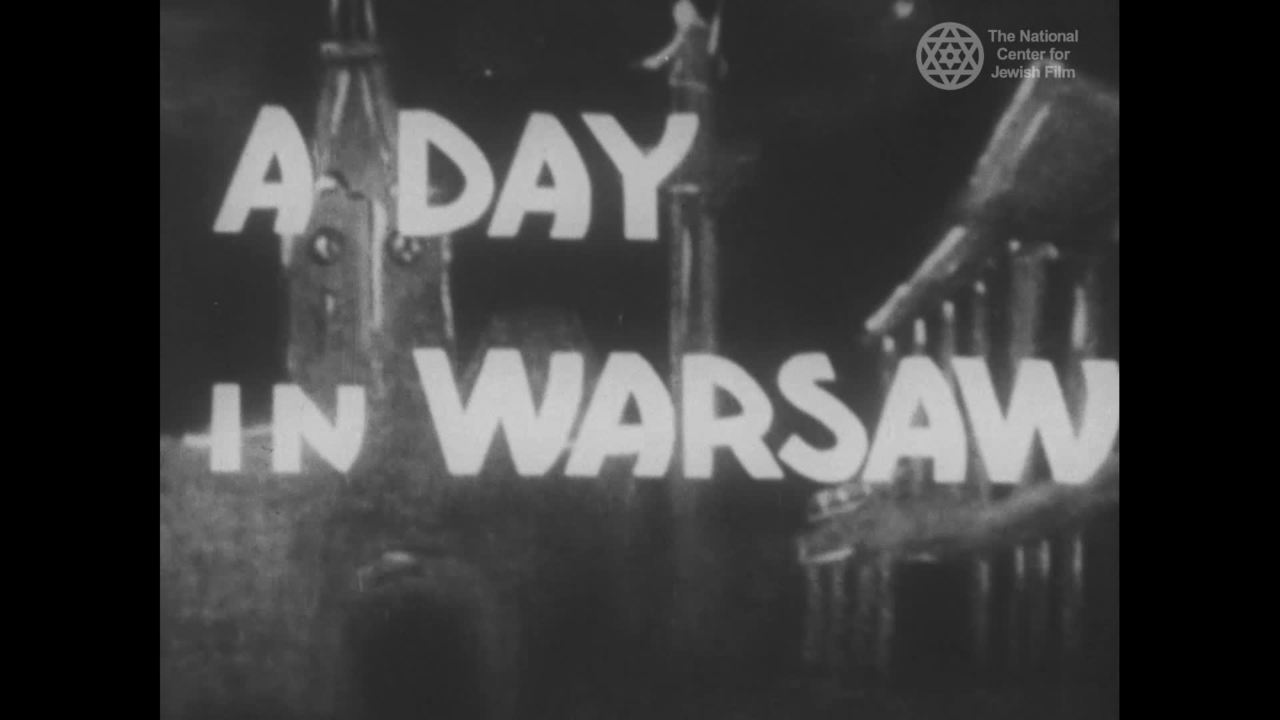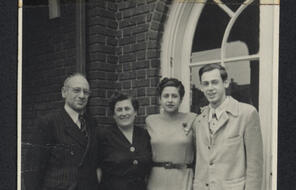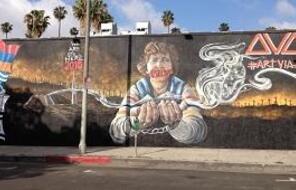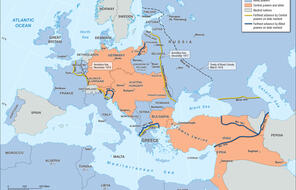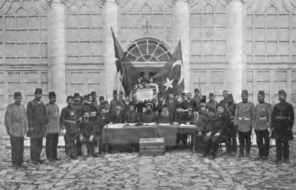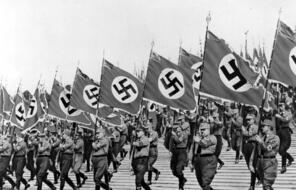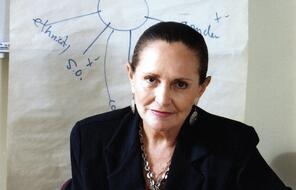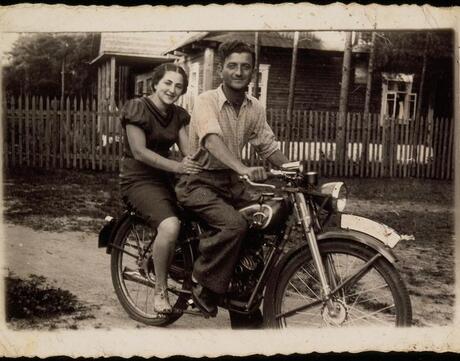
European Jewish Life before World War II
At a Glance
Language
English — USSubject
- Civics & Citizenship
- History
- Social Studies
Grade
6–12Duration
One 50-min class period- The Holocaust
- Human & Civil Rights
Overview
About This Lesson
In previous lessons, students learned about the effect of World War I on Germany and how its aftermath created conditions that helped give rise to the Nazis in the years that followed. In this lesson, students will continue this unit’s historical case study by learning more about Jewish life across Europe at the time of the Nazis’ ascension to power. This lesson serves two crucial and related purposes:
- It provides a counterbalance to the historical antisemitic and racist ideas and actions students learn about throughout this unit. Despite the efforts of the Nazis to reduce the lives and experiences of Jews to a “single story,” Jewish life throughout Europe in the 1920s and 1930s was marked by great diversity, as it is today. Reality did not conform to the myths and stereotypes.
- It will help students better appreciate the lives and cultures that were lost when they later learn about the devastation of European Jewry during the Holocaust. Students will also consider in this lesson the ways in which Jews were interwoven in the societies in which they lived and the ways in which they lived apart (by force or by choice). Students will think about how separation affected the beliefs and attitudes that non-Jewish Europeans developed about their Jewish neighbors.
Preparing to Teach
A Note to Teachers
Before you teach this lesson, please review the following guidance to tailor this lesson to your students’ contexts and needs.
Lesson Plans
Activities
Assessment
Extension Activities
Materials and Downloads
Quick Downloads
Download the Files
Get Files Via Google
European Jewish Life before World War II
The Rise of the Nazi Party
Dismantling Democracy
Additional Resources
Unlimited Access to Learning. More Added Every Month.
Facing History & Ourselves is designed for educators who want to help students explore identity, think critically, grow emotionally, act ethically, and participate in civic life. It’s hard work, so we’ve developed some go-to professional learning opportunities to help you along the way.
Exploring ELA Text Selection with Julia Torres
On-Demand

Working for Justice, Equity and Civic Agency in Our Schools: A Conversation with Clint Smith
On-Demand

Centering Student Voices to Build Community and Agency
On-Demand


